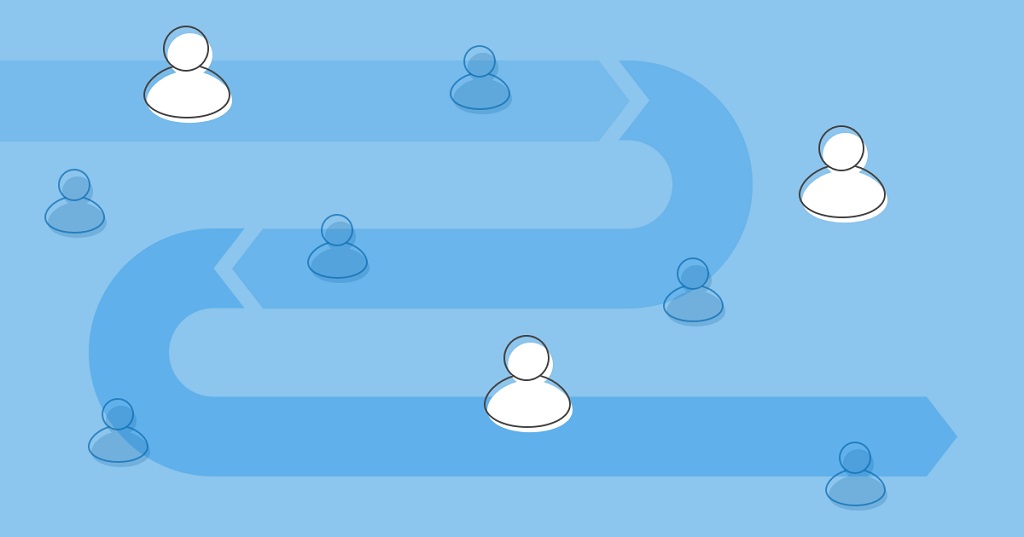The Impact of Customer Journey Mapping on Sales and Revenue Generation

Whether or not your business has gone through a customer journey mapping process, every company should consider the process. After all, it can lead to lowered costs and increased revenue.
Customers become aware of your brand and product during the first stage of their journey. This can be through marketing efforts, advertising, or word-of-mouth.
Increased Customer Satisfaction
Customer journey maps help businesses better understand their customers’ experiences and needs, enabling them to meet those demands. They also help businesses identify opportunities for improvement that could result in increased revenue.
For example, a company can use a customer journey map to identify pain points in their sales process by analyzing why customers drop out of the funnel at certain stages. The business can implement processes that eliminate these obstacles and boost customer satisfaction.
Another way that a business can increase customer satisfaction is by using the map to identify potential up-sell and cross-sell touchpoints. This way, they can provide more value to their customers and maximize the lifetime value of each customer.
While creating a customer journey map, businesses should be careful only to include all the relevant touchpoints. This includes any experience that a customer or main persona has with the brand, including all interactions on social media, in digital ads, and through phone or email support. In addition, a company should only use accurate data to create the map and not just make assumptions about their customers.
Increased Customer Loyalty
Customer journey mapping allows brands to establish empathy with their customers. When a business understands what a customer feels and thinks at every point in their relationship with that company, they can improve the experience. It also helps them identify internal processes, practices, and blockers hindering customer experience.
For example, customers might feel frustrated when they can’t get through to customer service on the phone or their package doesn’t arrive on time. This frustration often leads to a negative review, affecting how people perceive a brand.
Using customer journey mapping to identify these issues can help businesses improve the experience for their customers and ultimately drive sales and revenue growth. The mapping process can help businesses identify the best ways to meet and exceed expectations, increasing customer loyalty.
The mapping process can also help businesses refine their lead nurturing strategies, ensuring their leads receive the attention and information needed to become paying customers. It’s crucial to accurately predict what customers will do at each journey stage because this can be critical in driving conversion rates.
In addition, identifying customers’ most common questions at each stage of the journey can help businesses provide more timely and helpful answers. This can also help them reduce the number of times customers contact customer service, saving time and money.
Increased Sales
Having a clear picture of your customer journeys allows you to identify the roadblocks and obstacles that prevent customers from making the sale. Once those are removed, customers can move quickly through the process and close the deal. This not only helps to increase sales but also leads to increased customer loyalty and higher retention rates.
In addition to being a valuable tool for analyzing the customer journey, a map is also helpful for brainstorming process improvements. By examining the map from an empathetic perspective, businesses can understand what steps they need to take to provide customers with a smooth experience at every touchpoint. This can include ensuring customers can easily connect with the company via live chat and seamlessly switch to voice channels. Finally, a well-organized customer journey map can also benefit the internal employees interacting with customers. By presenting a unified story to the company, aligning all employees on their goals and how they can contribute to achieving them can be easier. This can lead to a better company culture and a stronger customer-centric focus.
Increased Revenue
Ultimately, businesses can boost revenue by identifying and solving customer roadblocks. This enables them to improve the overall customer experience, increasing sales and customer loyalty.
B2B marketers can use a customer journey map to understand how their leads behave and what they expect from the brand. Using this information, they can better develop and deliver content that matches those expectations. Moreover, they can also use a customer journey map to identify critical touchpoints important for a buyer.
Customer journey mapping also helps to identify opportunities for improvement. For instance, it allows businesses to see where customers drop out of the funnel or struggle to navigate the website. Hence, they can make necessary changes to their content and website structure to ensure a smoother user experience.
While the primary responsibility of creating a customer journey map lies with marketing, it is best to involve teams across departments. This includes sales, product management, and UX design. By making a cross-functional team effort, the organization can set clear objectives and gather data to help them develop a better customer journey map.
